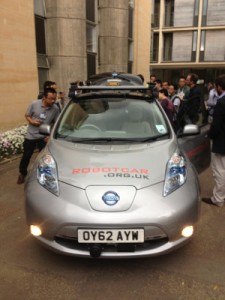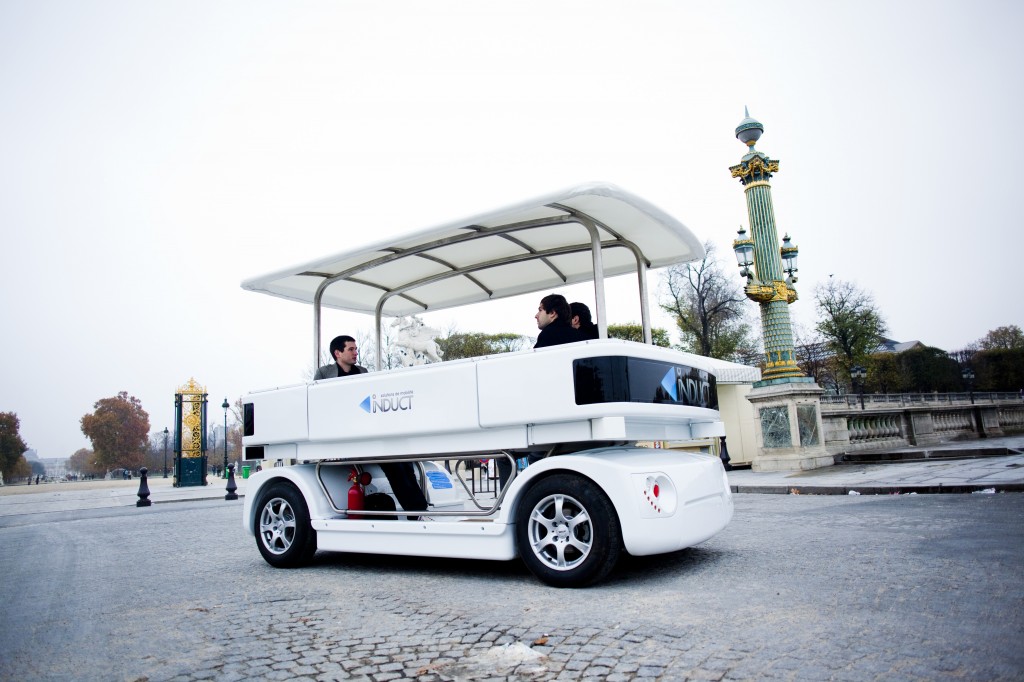Driverless technology researchers gathered at the beginning of June for the IEEE Intelligent Vehicles Symposium. With almost 200 presentations from more than 600 authors probably no aspect of this technology was left untouched.
This was not just an academic get-together: many of the papers involved major car makers (BMW, Toyota, Daimler, Renault, Volvo, Opel, Volkswagen, General Motors, Hyundai) or automotive suppliers (Delphi, Bosch).
The conference started with a reportedly captivating keynote presentation by Google’s Chris Urmson. Unfortunately, I have not been able to obtain more detailed information about its content. Please contact me if you were there!! Robert Bertini (Intelligent Transportation Systems Lab) gave another keynote on the environmental issues related to intelligent transportation which took the perspective beyond technical issues towards societal and environmental impacts.
It is hard to pick out the most interesting papers. But Daimler presented a new approach for improving stereo vision using a ‘Stixel’-based approach for object recognition. They claim that they are able to reduce false positives by a factor of 8 over the state of the art while reducing the computational costs by a factor of 10.
China also seems to be moving ahead with driverless technology. Two papers (1, 2) were presented from participants of the annual Chinese driverless vehicle competition (‘ Future Challenge of Intelligent Vehicles’) funded by their National Nature Science Foundation.
Several papers focused on pedestrian modeling and recognition. Volkswagen described their approach to systematically drive an autonomous car at the vehicle’s handling limits. DLR presented an approach to apply autonomous vehicles localization technology to trains.
The symposium was located in Alcala de Henares, Spain. It also included demonstrations of autonomous vehicle systems.



